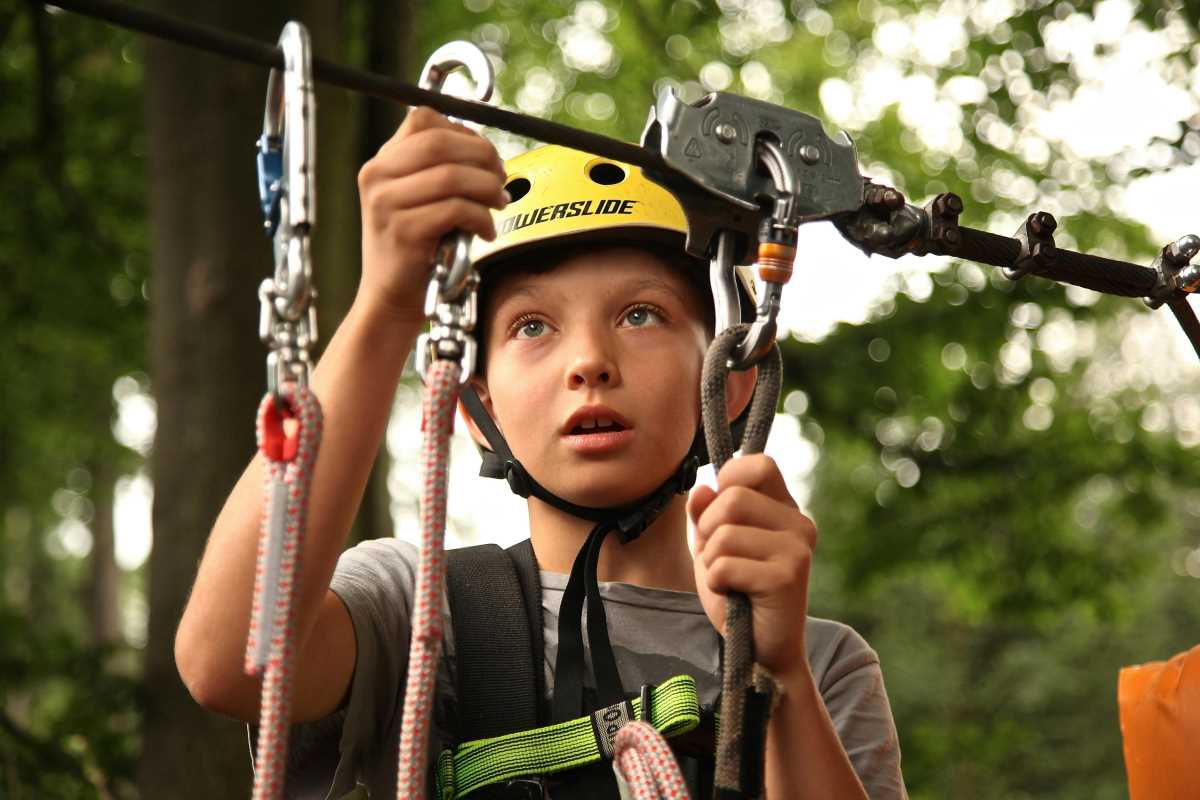Gathering as a family has become increasingly difficult amid packed schedules and digital distractions. Yet carving out quality time together is essential for building strong relationships, promoting wellness, and creating meaningful memories. Finding an activity that engages all ages while encouraging teamwork and physical movement can be the key to making family time both fun and fulfilling. One creative and highly adaptable solution is setting up a DIY family obstacle course. These playful setups offer more than just exercise—they become a shared adventure, fostering cooperation, laughter, and a sense of accomplishment. Obstacle courses don’t require fancy equipment or professional venues; with a little imagination and everyday household items, you can transform your backyard or living room into a mini challenge course that keeps everyone active and connected. Whether used for casual weekend fun or special celebrations, obstacle courses are a dynamic way to bring the whole family together.
Benefits of Family Obstacle Courses
- Improves Physical Fitness: Navigating through various obstacles enhances strength, agility, and endurance for family members of all ages.
- Enhances Teamwork: Families collaborate to overcome challenges, promoting cooperation and communication skills.
- Creates Lasting Memories: Shared experiences during obstacle courses build strong, positive memories that families will cherish.
- Boosts Confidence: Successfully completing obstacles increases individual confidence and encourages a can-do attitude.
- Encourages Creativity: Designing and customizing obstacle courses allows family members to express their creativity and problem-solving abilities.
Planning Your Obstacle Course
- Choose a Location: Select a safe and spacious area such as a backyard, park, or open field where the course can be set up without obstacles or hazards.
- Select Obstacles: Decide on the types of obstacles that suit the space and the age range of participants. Include a mix of physical challenges like crawling under ropes, jumping over hurdles, and balancing on beams.
- Set Rules: Establish clear rules to ensure safety and fairness. Decide on the order of obstacles, time limits, and any specific guidelines to follow during the course.
- Gather Materials: Collect or create the necessary materials for each obstacle. Use household items or inexpensive materials to design creative and engaging challenges.
- Test the Course: Run through the obstacle course yourself to identify any potential issues or areas that need adjustment for safety and fun.
- Assign Roles: Designate roles such as timekeepers, referees, and helpers to ensure the course runs smoothly and everyone knows their responsibilities.
- Prepare for Safety: Have a first aid kit on hand and make sure all participants understand the safety measures to prevent injuries.
Obstacle Course Ideas for All Ages
Designing an obstacle course that caters to different age groups ensures that everyone can participate and enjoy the experience. Here are some ideas to include a variety of challenges:
- Toddler Challenges: Simple tasks like crawling through a tunnel made of pillows, walking along a low balance beam, or throwing soft balls into buckets.
- Children’s Obstacles: More engaging activities such as hopping through hula hoops, climbing over small barriers, or navigating a series of cones.
- Teen and Adult Challenges: Incorporate more complex elements like rope swings, tire runs, or timed puzzles to add a competitive edge.
- Family Relay: Create a team-based obstacle where each family member completes a section before passing it on to the next, promoting teamwork and cooperation.
Safety Tips and Considerations
Ensuring the safety of all participants is paramount when setting up an obstacle course. Here are some key safety tips to keep in mind:
- Inspect the Area: Before setting up, thoroughly check the area for any sharp objects, uneven ground, or potential hazards that could cause accidents.
- Use Soft Materials: Incorporate soft materials like foam mats or grass to cushion falls and reduce the risk of injury during challenging obstacles.
- Supervise All Activities: Always have an adult supervise the course to monitor the participants and provide assistance if needed.
- Set Clear Guidelines: Make sure everyone understands the rules and the importance of following them to prevent accidents and ensure fair play.
- Adapt to Skill Levels: Adjust the difficulty of obstacles based on the ages and abilities of the participants to keep the activity enjoyable and safe for all.
- Provide Adequate Hydration: Keep water available to ensure everyone stays hydrated, especially during more physically demanding sections of the course.
Enhancing the Experience
To make your family obstacle course even more memorable, consider incorporating additional elements such as themed decorations, music, and rewards for completing challenges. Adding a little competition with friendly races or timed runs can increase excitement and engagement. You can also mix up the activities by including different types of fitness challenges, such as scavenger hunts or dance-offs, to keep the experience fresh and exciting.
Obstacle Course Maintenance and Cleanup
After an exciting day of running through your obstacle course, properly maintaining and cleaning up the area ensures that everything remains safe and ready for the next use. Start by disassembling any temporary structures or obstacles, and store reusable materials in a safe place to prevent wear and tear. Check each obstacle for any damage or hazards that might have developed during use and make necessary repairs or replacements. Regular maintenance not only prolongs the life of your obstacle course but also ensures that it remains a fun and safe activity for your family.
Incorporating Educational Elements
Obstacle courses can also serve as a platform for learning and personal development. Consider adding challenges that require problem-solving, such as puzzles or trivia questions that need to be solved before moving on to the next obstacle. This not only makes the course more engaging but also stimulates mental activity and encourages critical thinking. Discussing the importance of perseverance and resilience while overcoming physical challenges can provide valuable life lessons for both children and adults.
Customizing for Special Occasions
Your family obstacle course can be tailored to fit special occasions and holidays, making celebrations even more unique and enjoyable. For example, during a birthday party, you can incorporate themed obstacles that align with the guest of honor’s interests, such as a superhero-themed climb or a pirate treasure hunt. Holiday seasons offer a perfect opportunity to include festive elements like snowball tosses for winter or flower hurdles for spring. Customizing the course for special events adds an extra layer of fun and relevance, making each session memorable.
Encouraging Healthy Competition
Healthy competition can add excitement and motivation to your family obstacle course. Set up friendly races where family members compete against each other or against the clock to complete the course as quickly as possible. Keep the atmosphere positive by emphasizing personal bests and celebrating each other’s achievements rather than just winning. Healthy competition fosters a sense of accomplishment and encourages everyone to push their limits while maintaining a supportive and encouraging environment.
Adapting to Different Environments
Whether you’re at home, in a park, or on a beach, obstacle courses can be adapted to fit any environment. Utilize the natural features of your surroundings to create unique and challenging obstacles. For instance, a park might offer trees for climbing, while a beach can provide opportunities for sandcastle building or beach towel balancing. Adapting the course to different environments keeps the activity fresh and exciting, allowing your family to explore and enjoy various settings while staying active together.
Obstacle courses offer a fun, flexible way to bring families closer through shared activity and teamwork. Set one up today and enjoy laughter, learning, and lasting memories together.
 (Image via
(Image via





